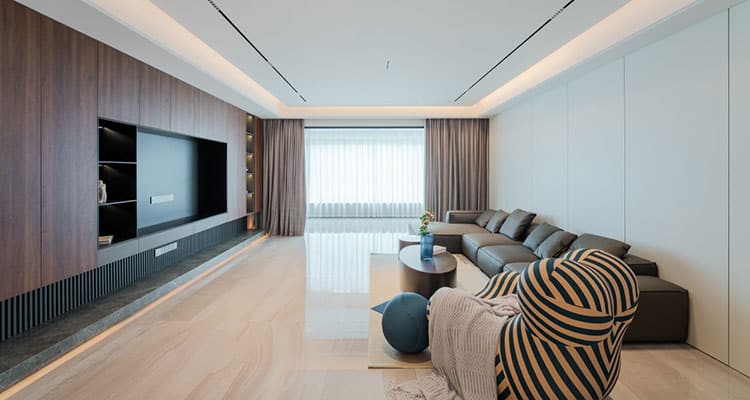When it comes to right wall panels, there are a few different types that you can choose from. Wall paneling is a popular option for many homeowners because it is easy to install and maintain. However, there are a few things you should keep in mind when choosing the right wall panels for your home, and we’ll talk more about it in this article.
Types of Right Wall Panels
There are a few different types of right wall panels that you can choose from. The most popular options are wood, plastic, and metal. Each material has its own set of benefits and drawbacks, so you’ll need to decide which one is right for you.
- Wood wall panels
Wood right wall panels are a classic choice that can add a touch of elegance to your home. They’re also relatively easy to install and maintain. However, wood right wall panels can be expensive, and they’re not as durable as some other options.
- Plastic wall panels
Plastic right wall panels are a great choice if you’re looking for something that’s easy to install and maintain. However, they’re not as durable as metal right wall panels and they can be a bit more expensive.
- Metal
Metal right wall panels are the most durable option, but they can be more difficult to install. They’re also the most expensive right wall panel option.
Advantages of Right Wall Paneling
Durability is one of the most appealing aspects of wall panels. Wall paneling is generally composed of solid wood and can therefore endure a lot of abuse as well as last a long time without needing to be replaced.
In addition, unlike paint, wall panels may be simply wiped clean and maintained. Wood or PVC paneling may be cleaned with a damp cloth and some common cleaning agent.
The addition of wall panels can also assist to keep rooms insulated. Paneling is both warm and acoustic insulating, and it provides thermal insulation as well. If you live in an apartment or house where noise easily travels, consider using panels to mitigate sound dispersion.
Furthermore, depending on the material, some wall paneling is fire-resistant. As a result, not only does wall paneling look great while also insulating your home; it has the ability to protect you from harm while still providing a pleasant environment.
Fabric panels may be slightly more difficult to clean but if removable covers are an option, you can toss these into the washing machine. If damage occurs in your wall panels, you can easily remove, repair and replace them in a simple DIY job.
Wood panels can be sanded down and resealed to restore their appearance and shine. Peeling or old, faded paint is much more difficult to update, and will usually require the homeowner to re-do an entire room’s paint job rather than simply removing a single panel.
Disadvantages of Right Wall Paneling
Wood and fabric paneling has the potential for rot to develop if water penetrates into the material. If any sort of water enters the material, rot may quickly develop. Unfortunately, there is not much that can be done after rot has set in; simply replacing the whole panel is all that is required. It’s critical to replace water-logged or rotting panels as soon as possible because damage can spread and destroy adjacent panels.
The potential of warping is especially true of wood paneling, as wood is very susceptible to warping and bulging when the temperature fluctuates or when paneling has not been correctly installed. Warping can occur with other materials as well but is less common in fabrics, vinyl and PVC paneling surfaces. However, warping may still occur, so take the utmost care when installing your panels.
Although sustainable materials are increasingly being used in our homes, the majority of components employed for wall paneling are presently not. Even though there have been significant improvements in the area of degradable plastics, wood and vinyl, the production process is still not completely environmentally responsible.
Choosing the right wall panels for your home
There are a few different types of right wall panels that you can choose from. Many homeowners choose wall paneling because it is easy to put up and keep clean. Each material has its own pros and cons, so you’ll have to choose the one that’s best for you.

